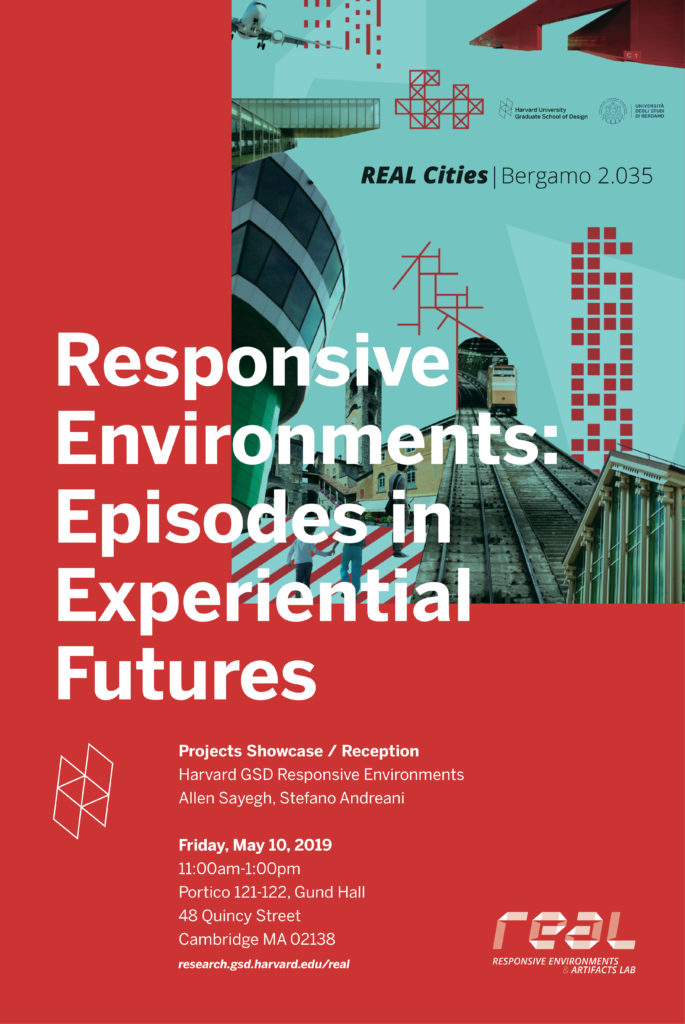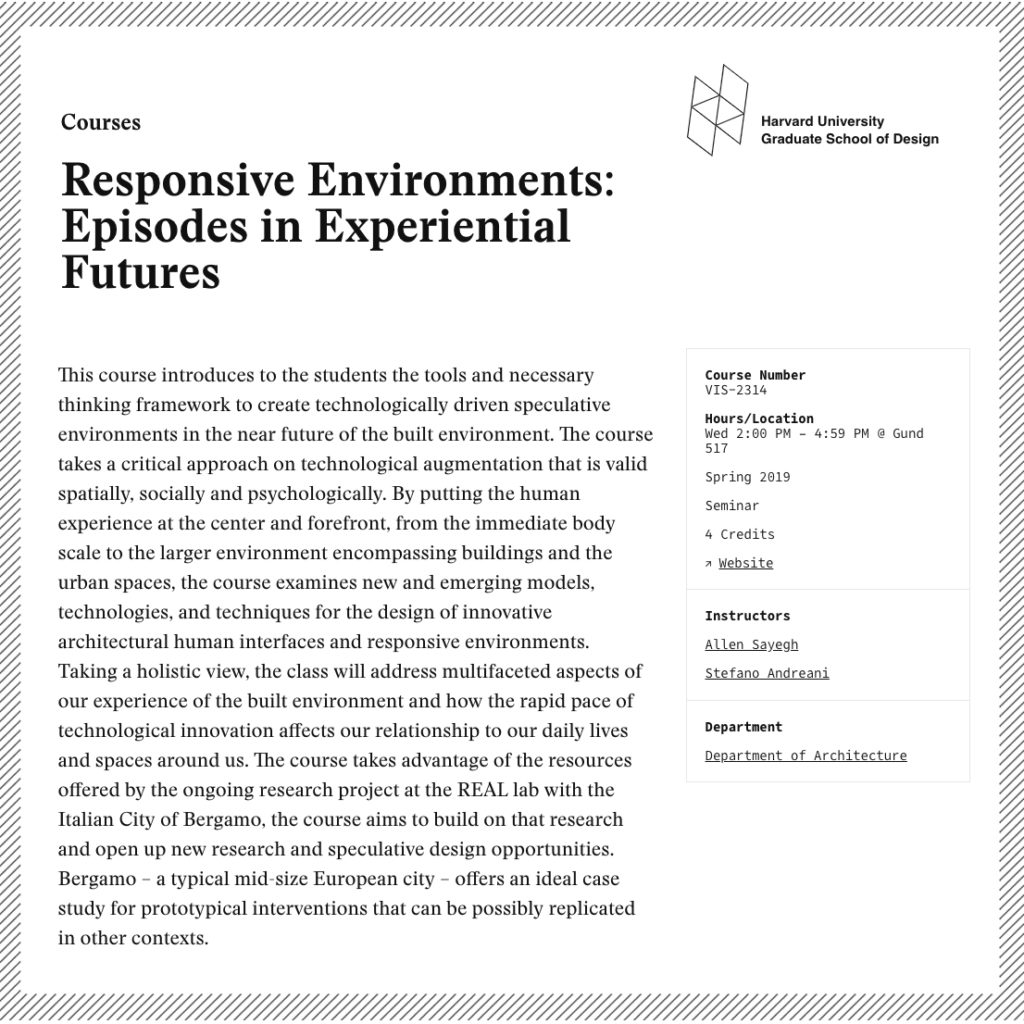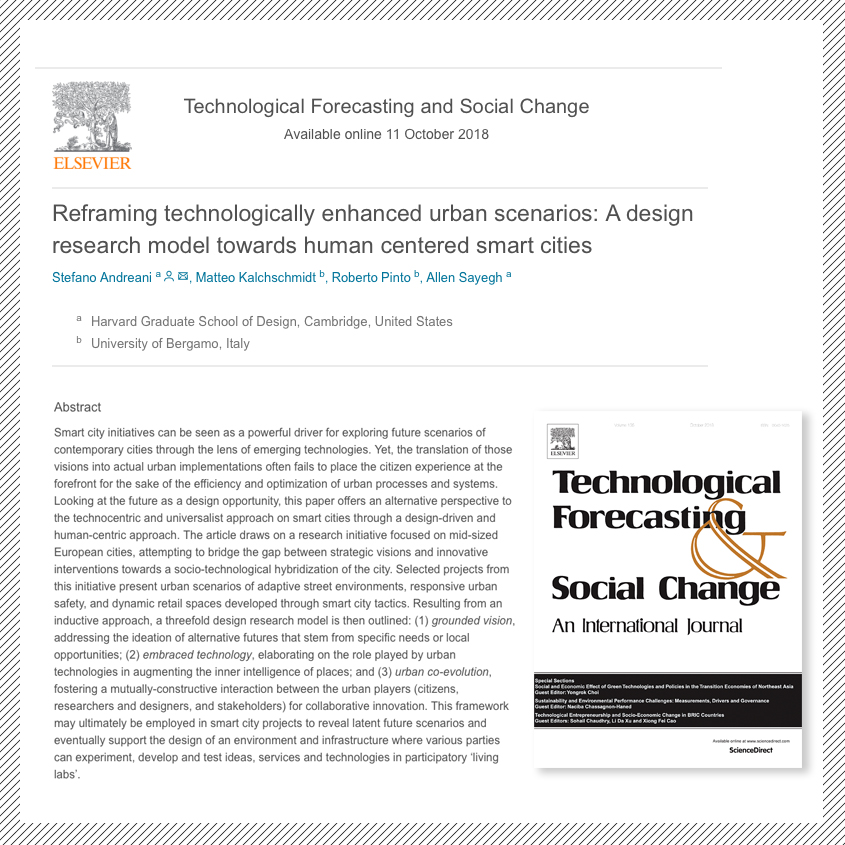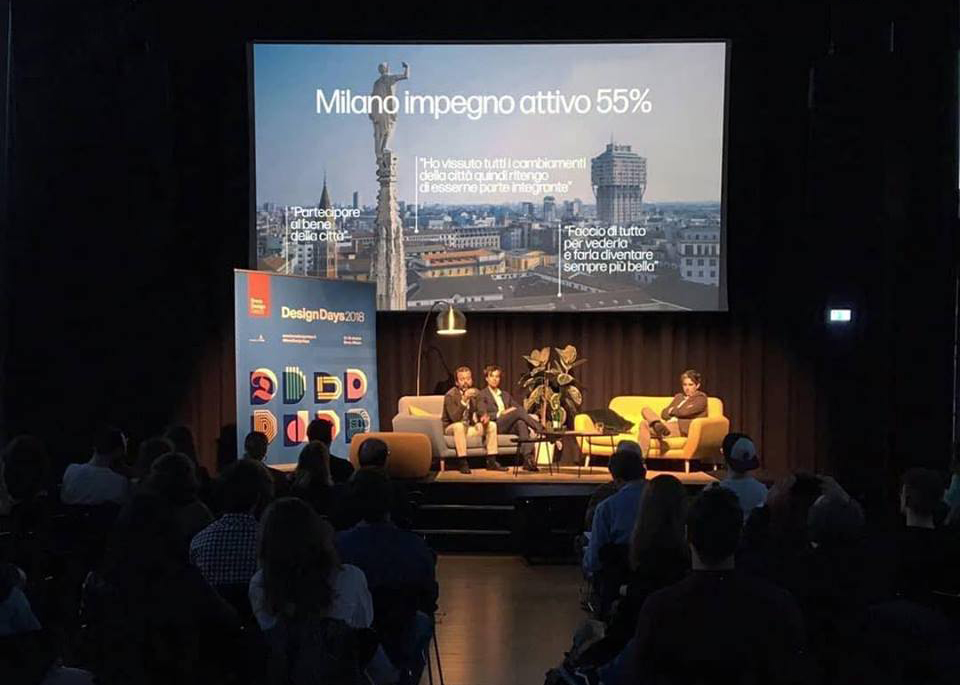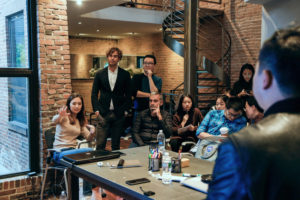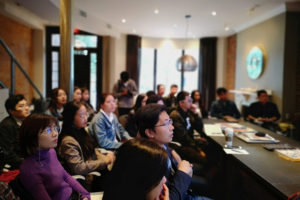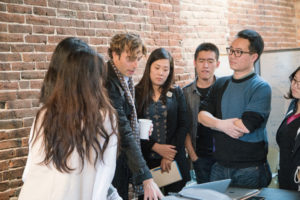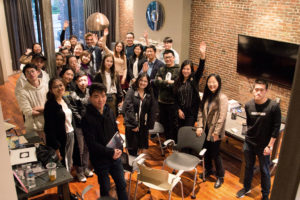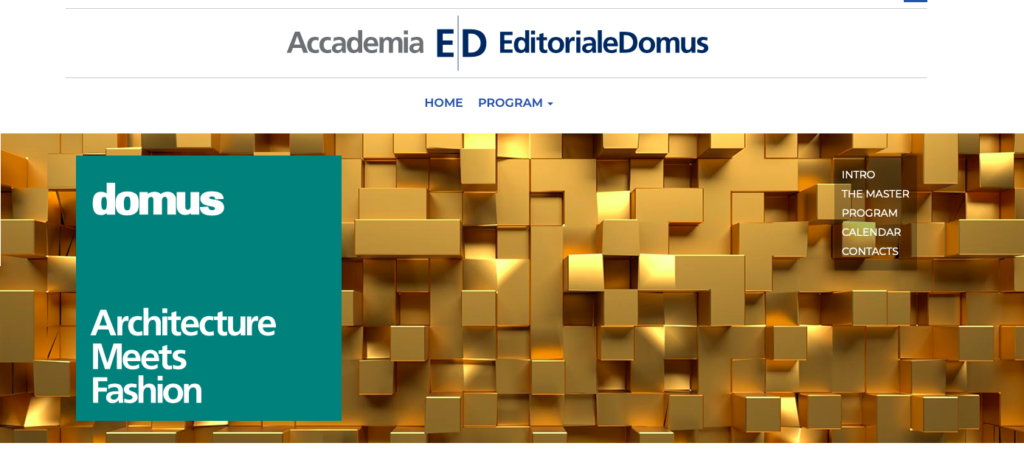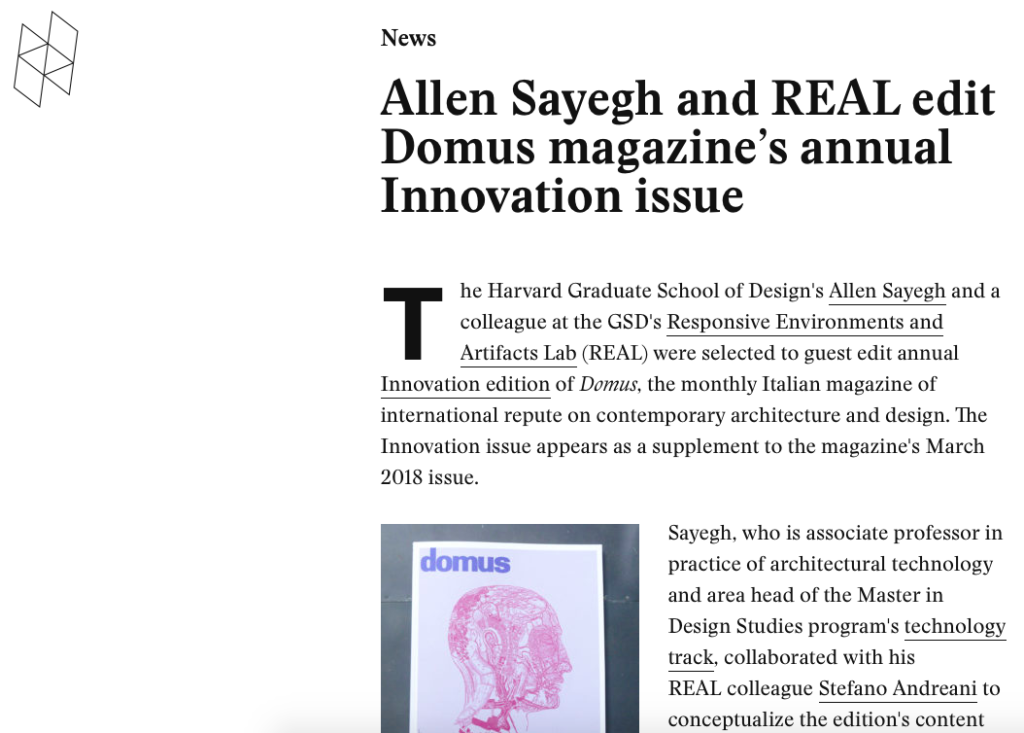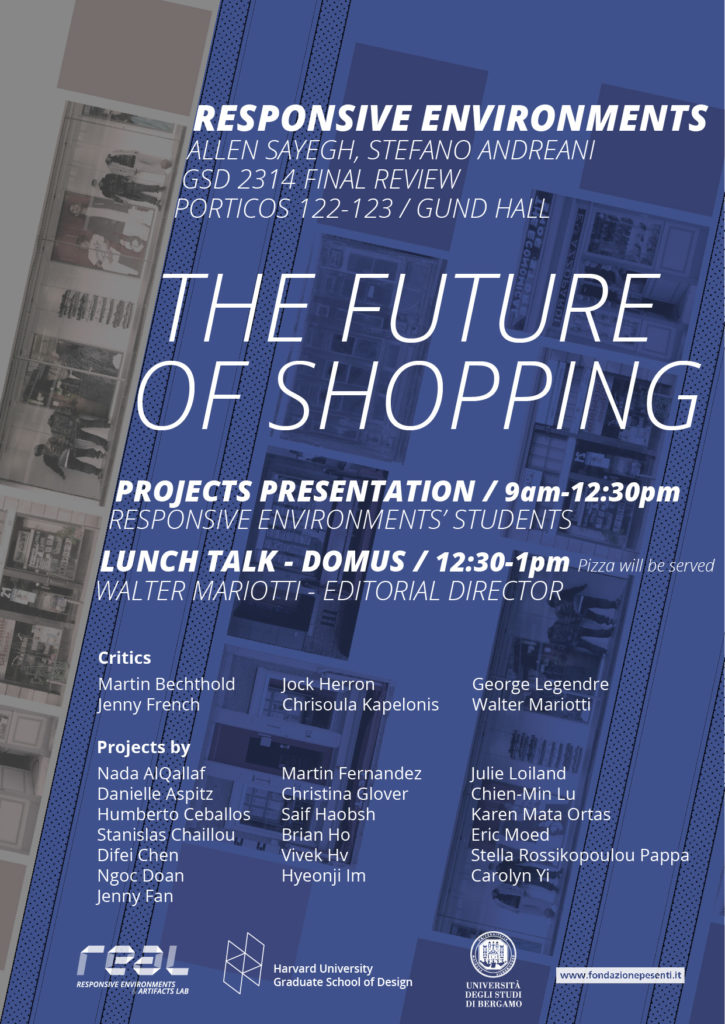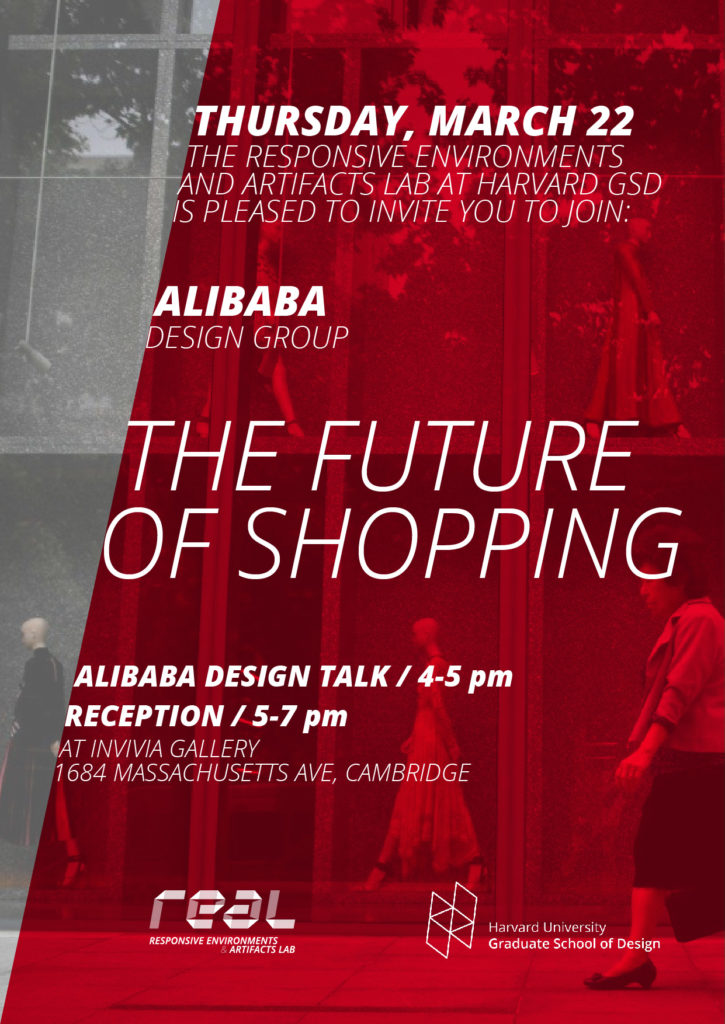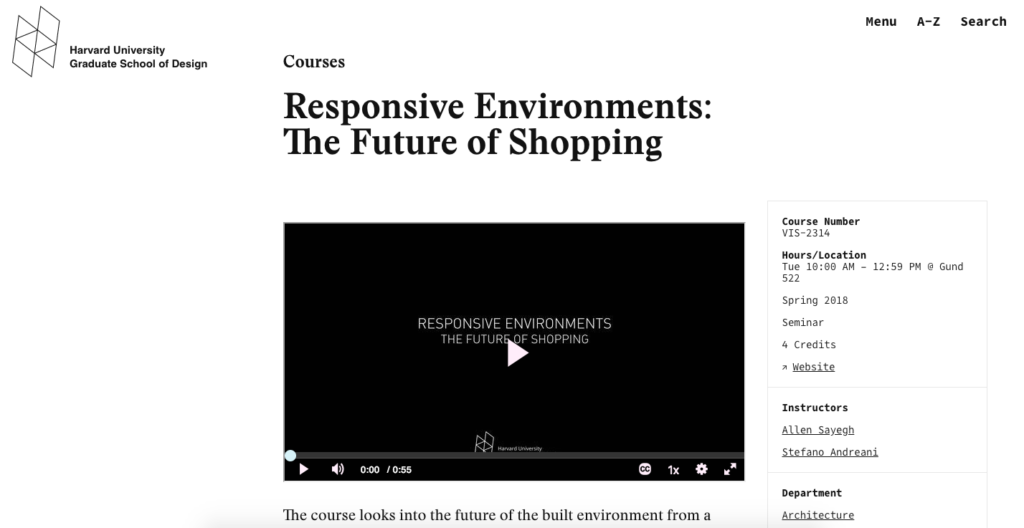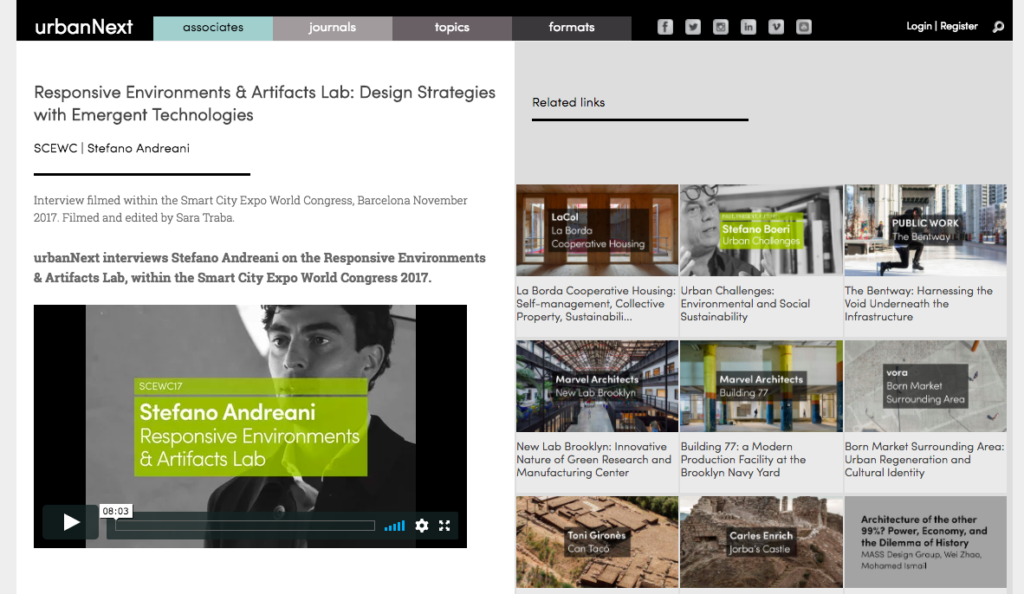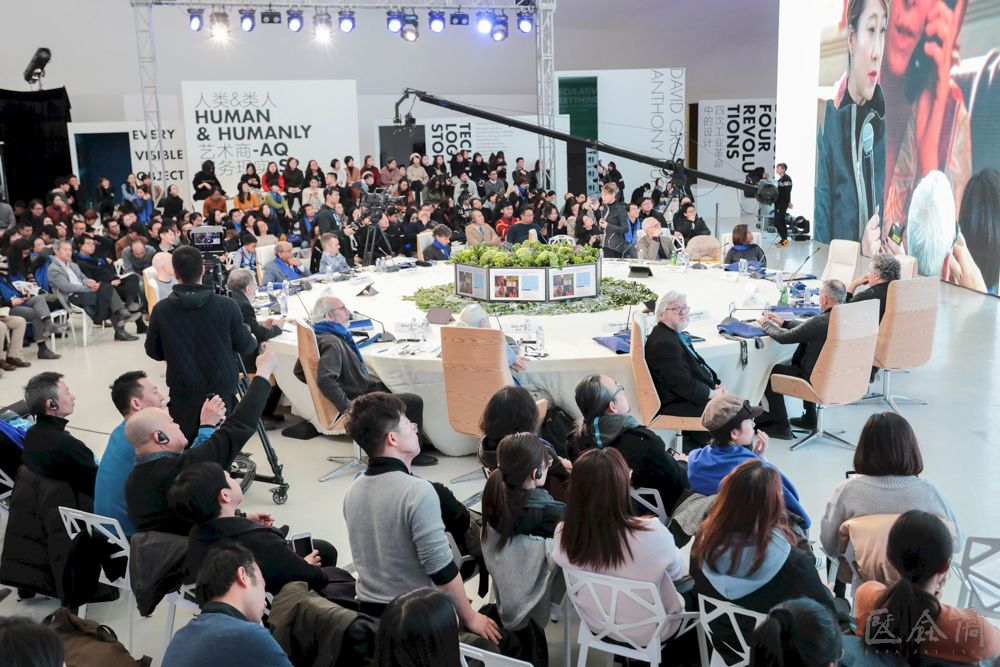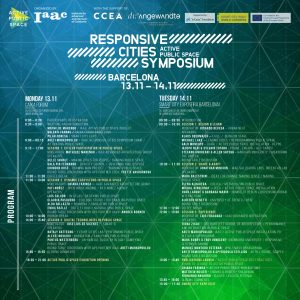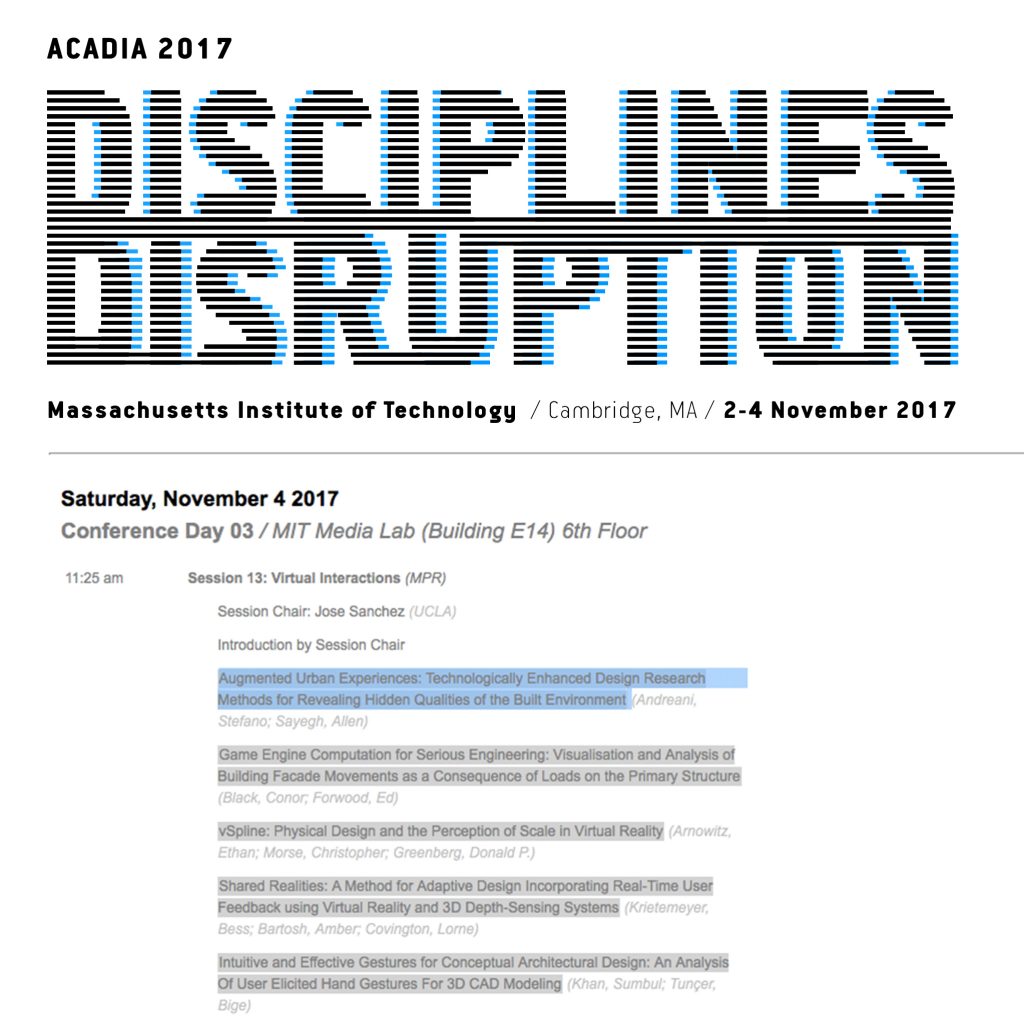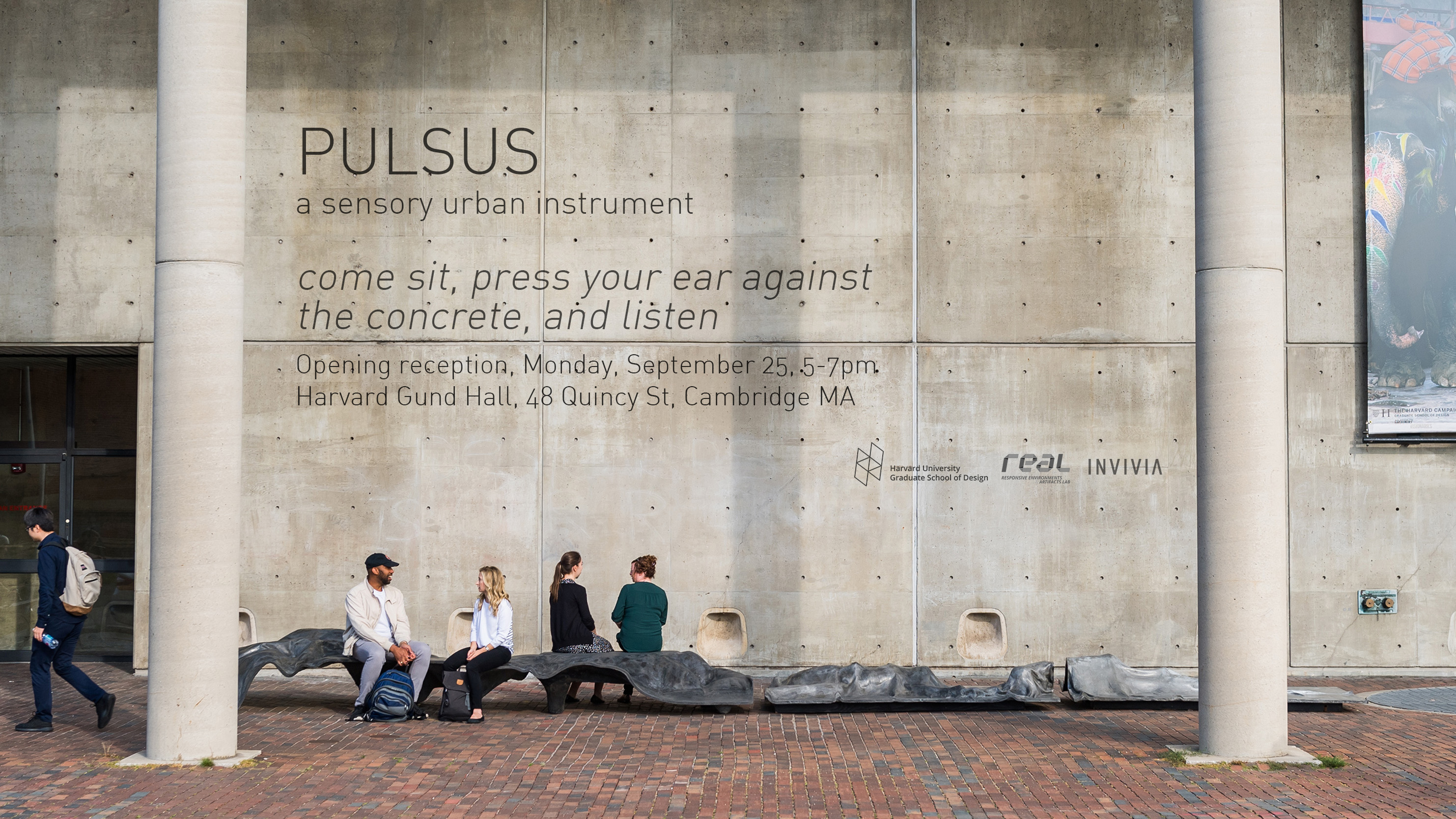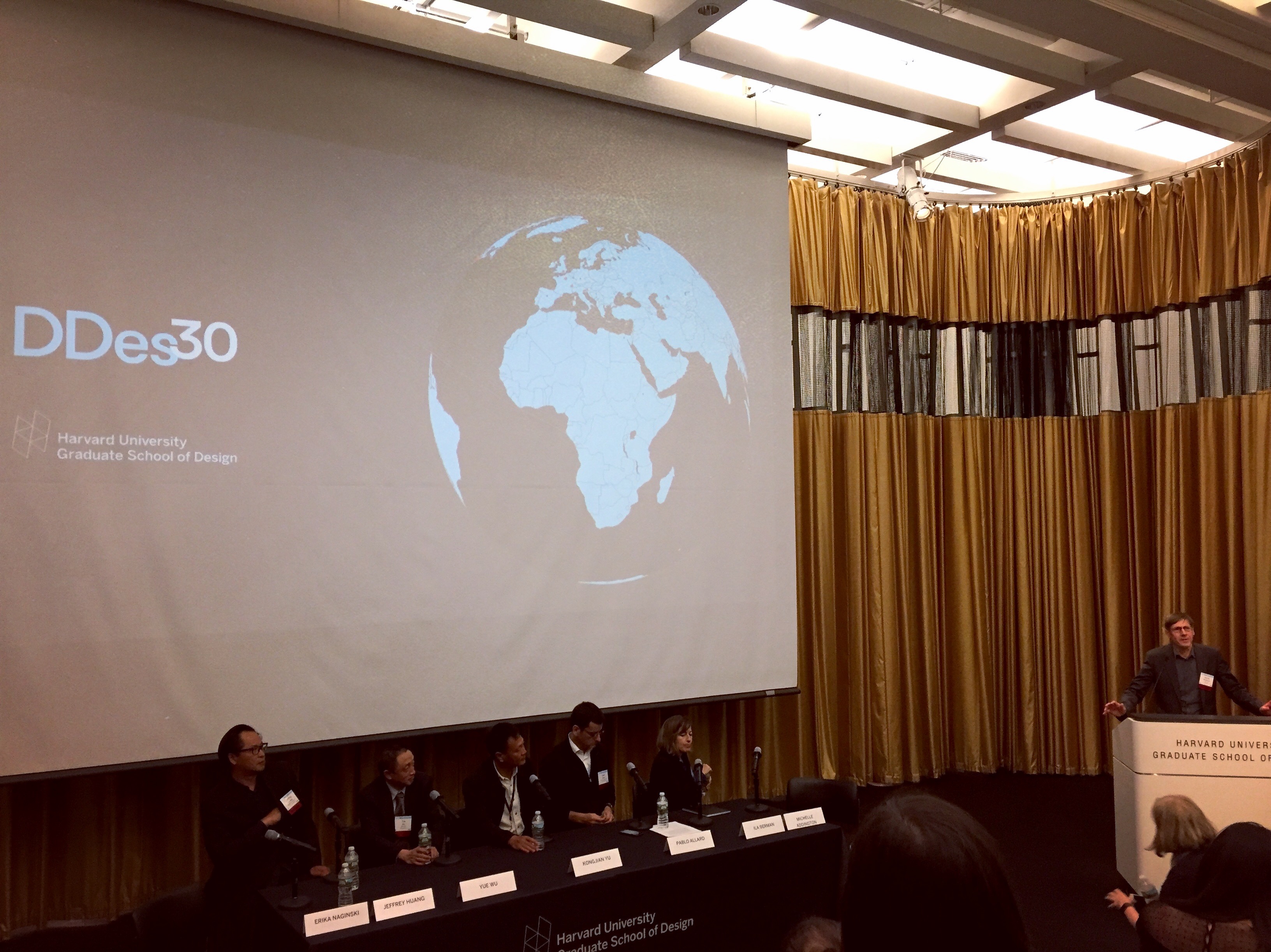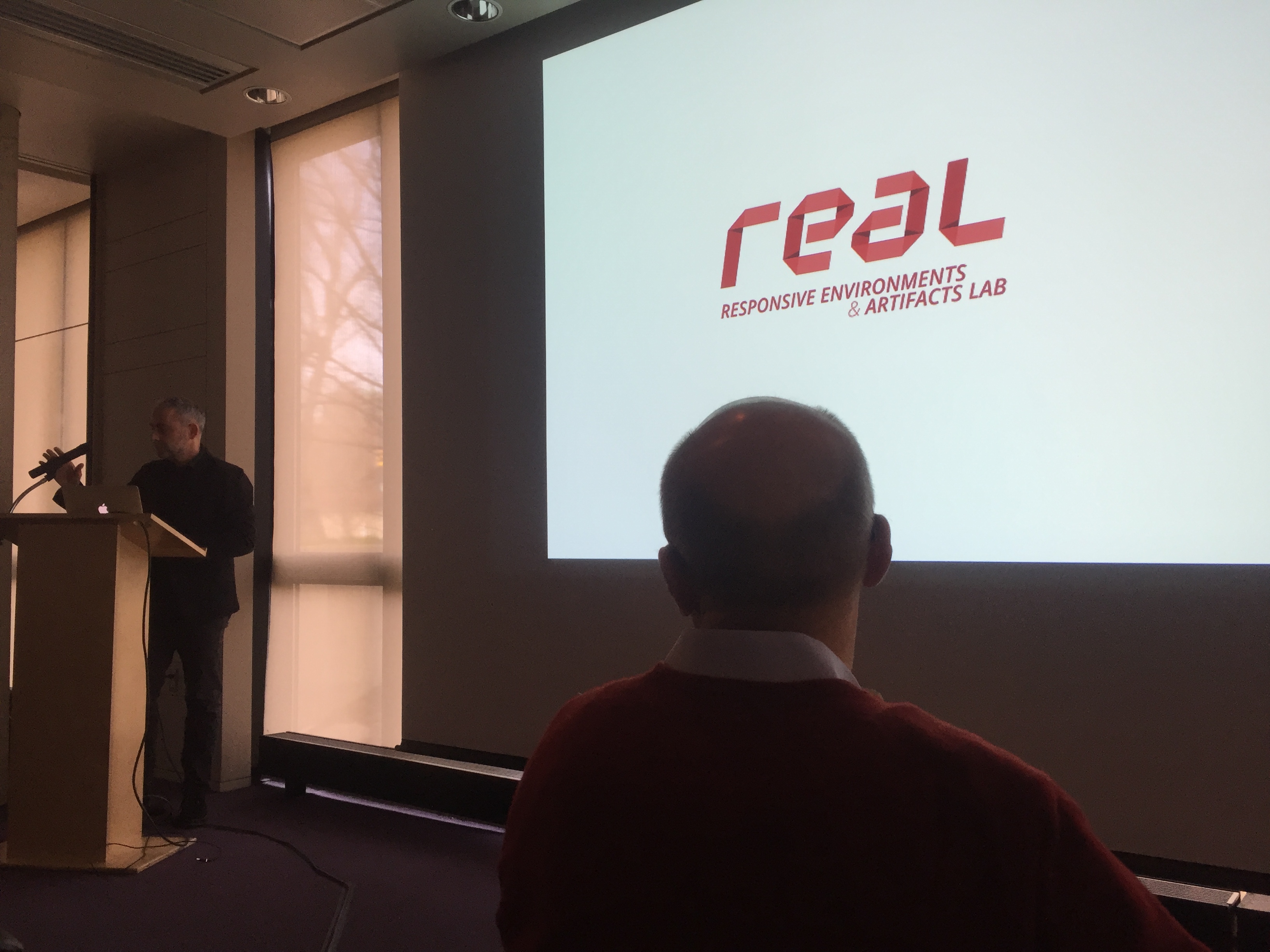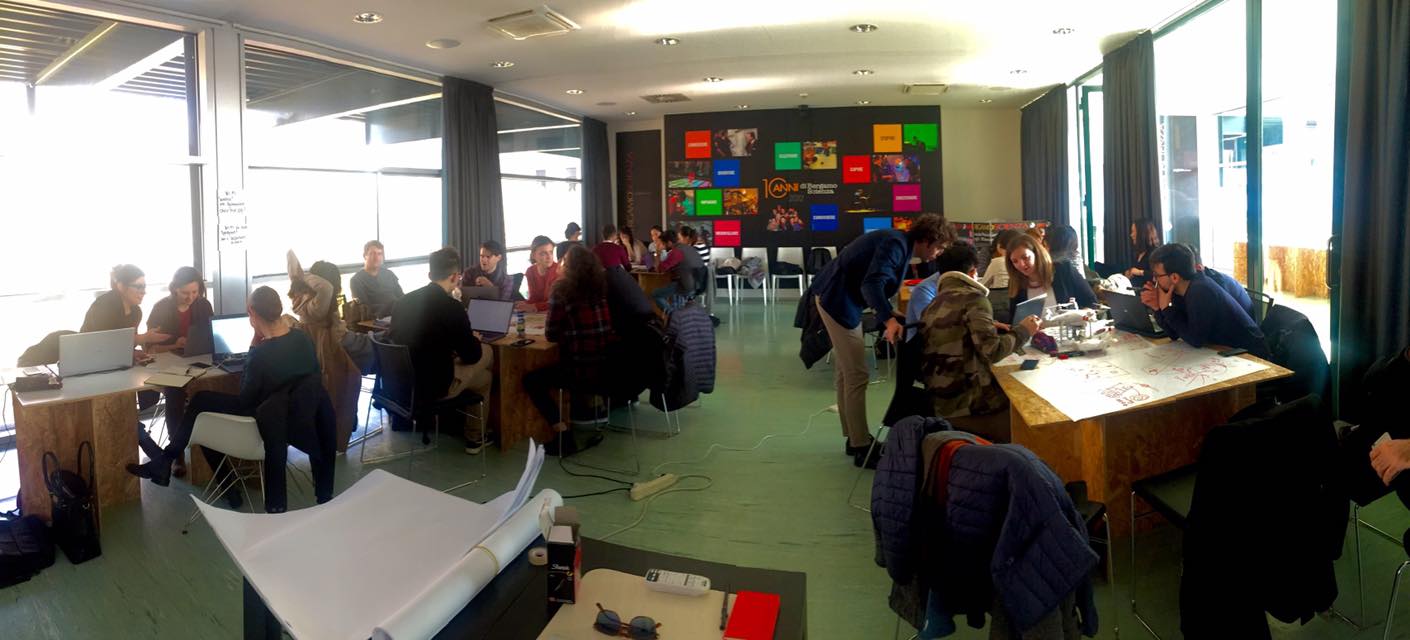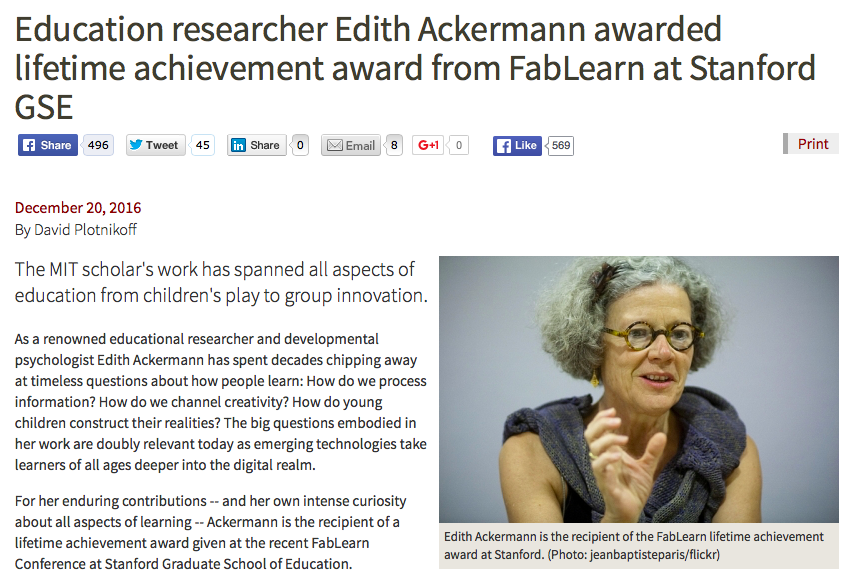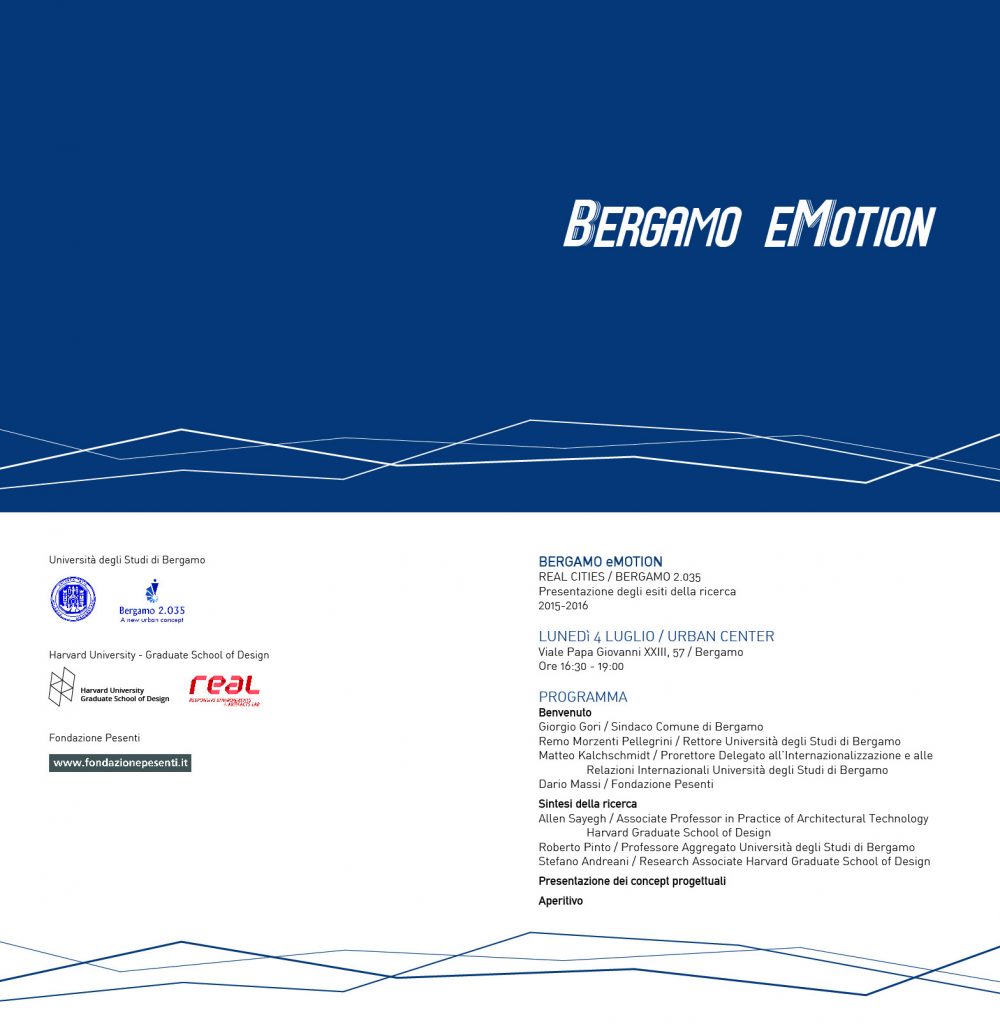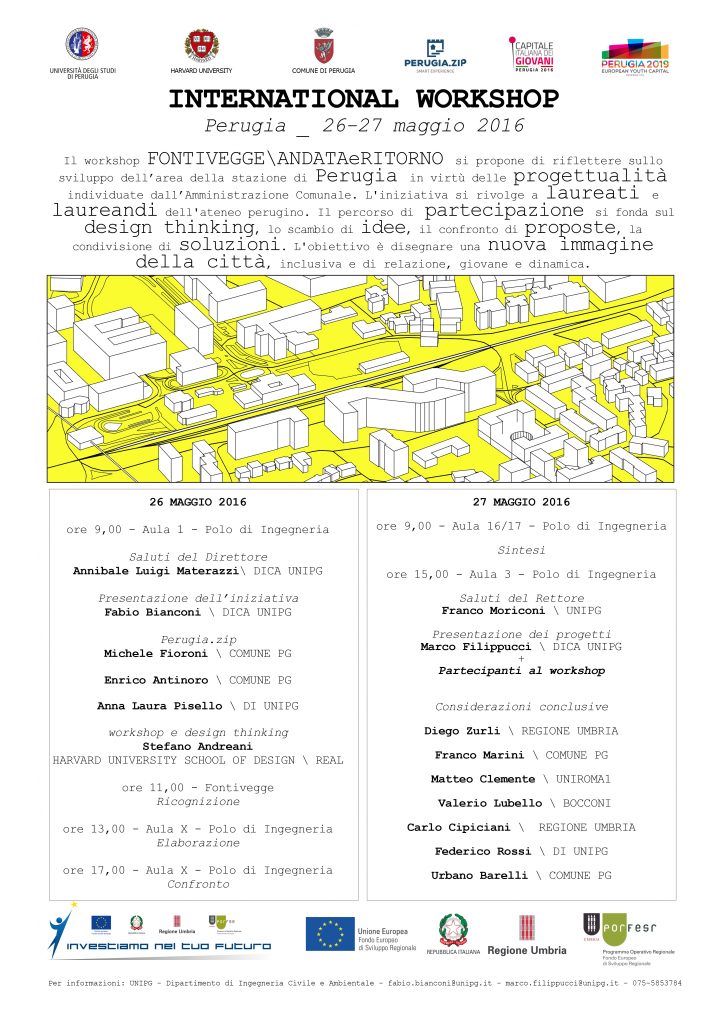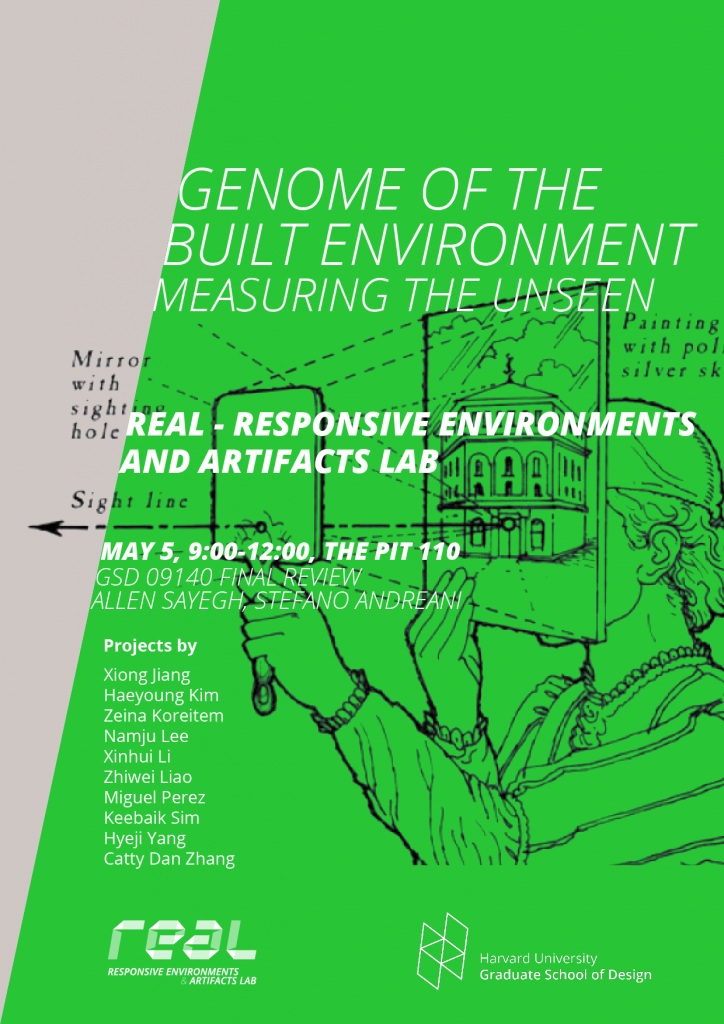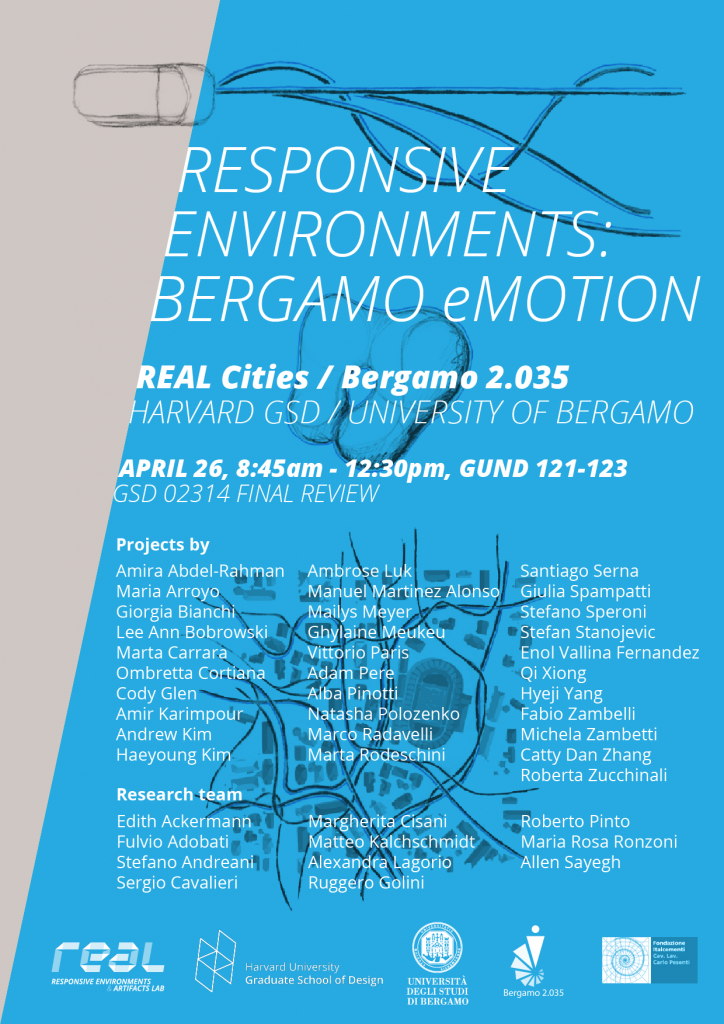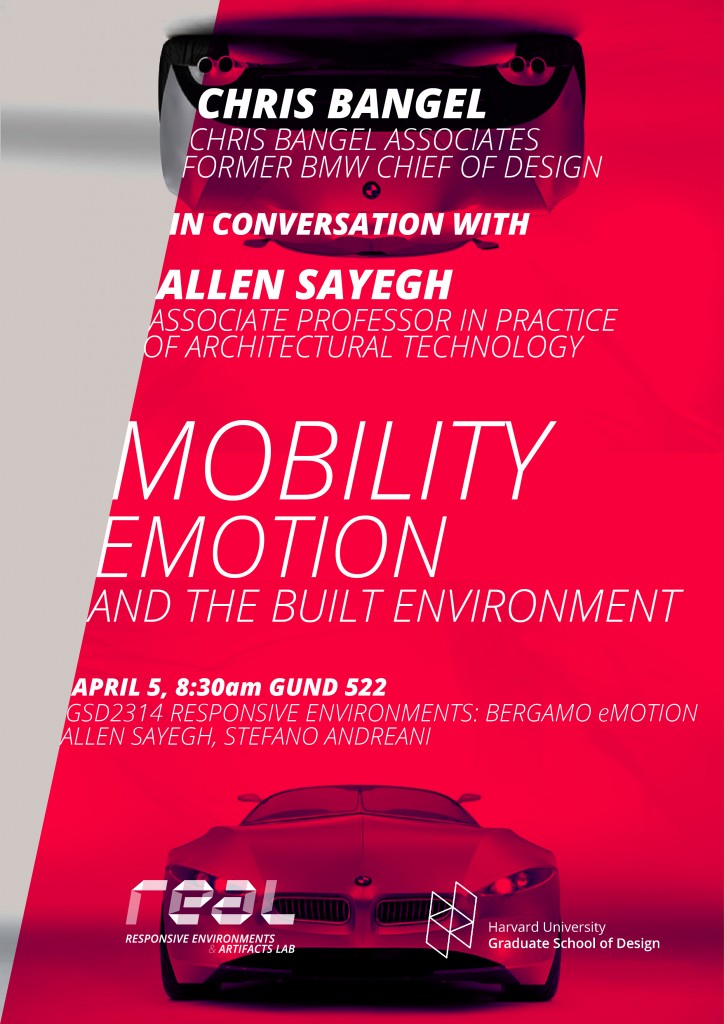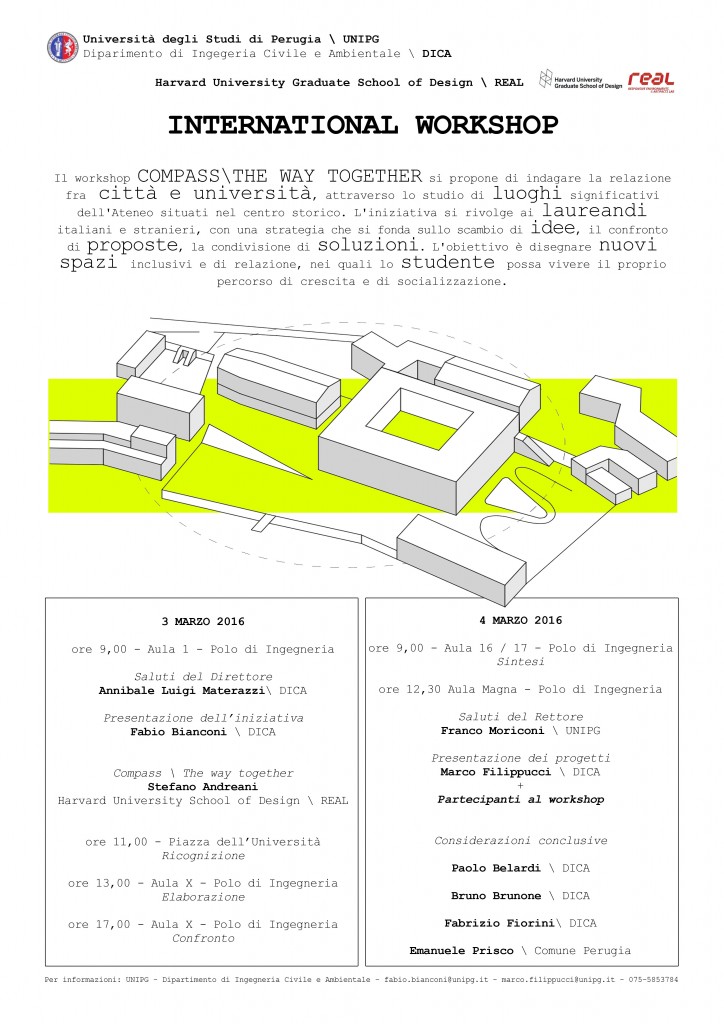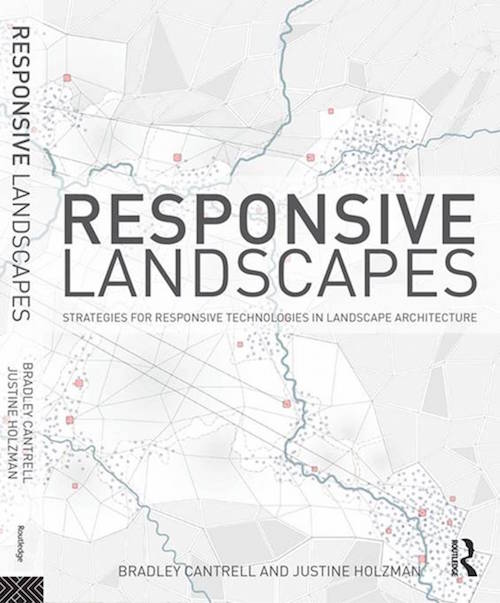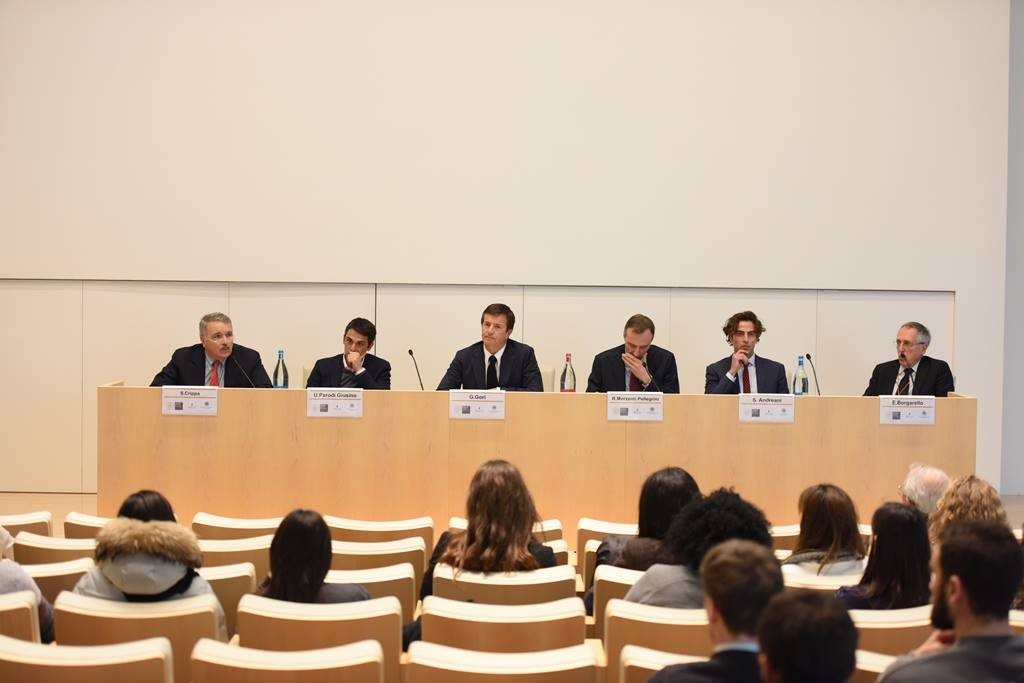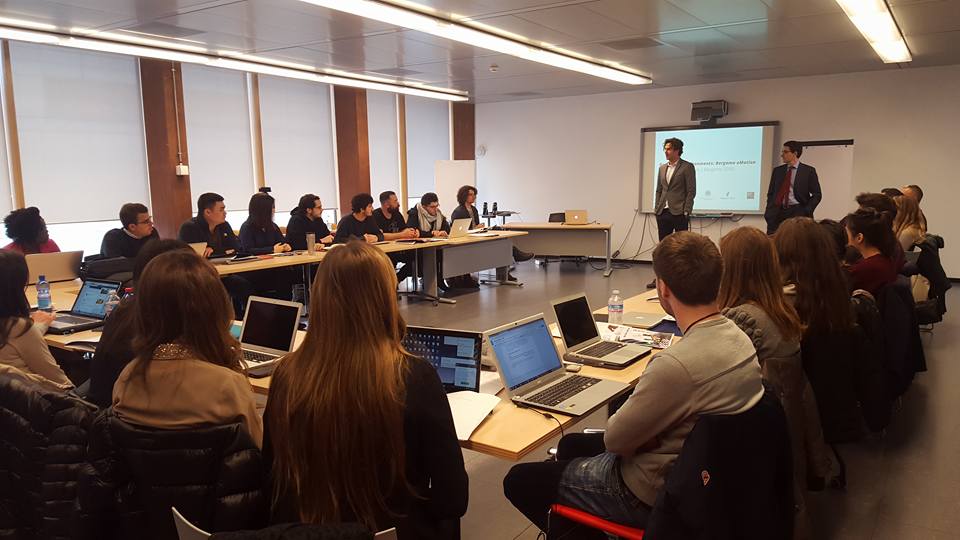We are pleased to introduce Domus Innovation 2018, a Domus special issue jointly edited by Allen Sayegh, Stefano Andreani (Harvard Graduate School of Design) and Walter Mariotti (Domus).
—
Domus Innovation 2018 is an attempt to collapse technology, design and the human experience into one and brings forward innovation as the fusion of these paradigms. A collaborative effort between Domus and the REAL Lab at Harvard GSD, this special issue goes back to the fundamental basics of design perception, materiality, interaction, craft and adaptation. Addressing innovation from the global scale down to the micro-world as it relates to the human experience, we explore the dynamic and impactful role of design hybrids to foster enhanced relationships between human beings and their surroundings. The issue ultimately presents alternative perspectives to design-driven innovation at the intersection of advanced research and forward-looking practices for positive changes to our present and future world, and to the ways we will inhabit it.
—
Contributors include: Antoine Picon (Harvard GSD), Sanford Kwinter (Pratt Institute), Martin Bechthold (Harvard GSD), Joanna Aizenberg (Harvard SEAS), Paola Antonelli (MoMA NYC), Sawako Kaijima (Harvard GSD), Aric Chen (M+ Hong King), Jodi Goldstein (Harvard i-Labs).
—
Featured works by: REAL Lab (Harvard GSD), MaPS Group (Harvard GSD), Wyss Institute, INVIVIA, Harvard Innovation Labs, MIT Media Lab.
—
Domus Innovation is on newsstands worldwide, along with Domus 1022 – March 2018. Read more on
Domusweb.
—
